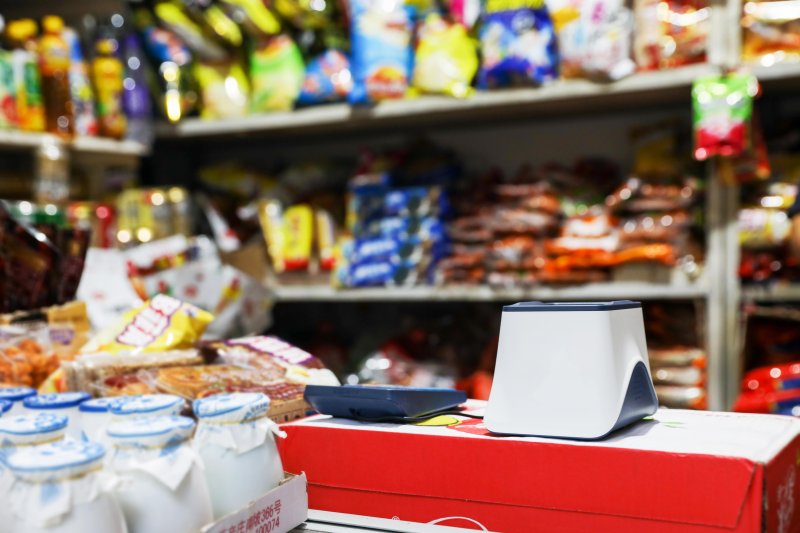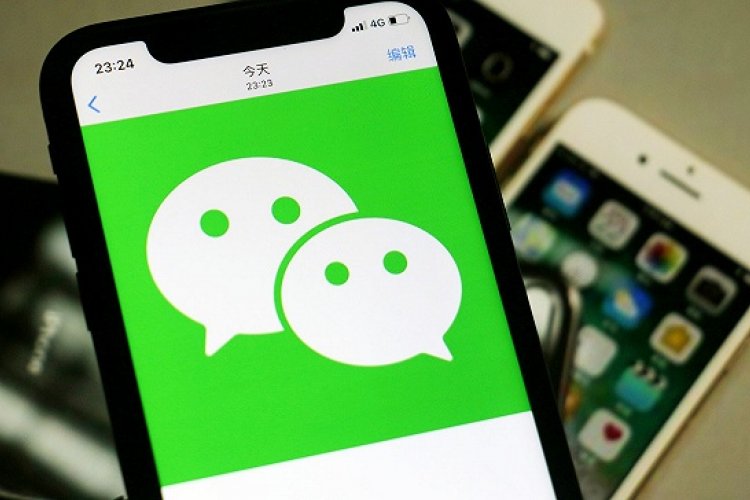A Short History of the QR Code in China and Why Southeast Asia Is Next
China’s love for QR codes is no secret. From meals and groceries to rent and rides—quite literally everything can be paid for by scanning QR codes.
The all-pervasive QR code has redefined what it means to make purchases and sales in the country, and it is driving a mobile payment trend that is crippling the growth of traditional payment systems like ATMs and even POS (point of sale) terminals. Overseas, Chinese QR code payment service providers are looking to set off another wave of disruption in cash-based economies.
The “little white box”
Today, China is the world’s largest and fastest-growing market for mobile payments. The transaction volume of third-party mobile payments reached RMB 40.36 trillion in the first quarter, ahead of the US and the rest of the world.
Mobile payment solution providers, perhaps out of all, have benefited the most from China’s shift away from cash-based payments.
Beijing Inspiry Technology, the QR code payment technology provider for some of China’s biggest Internet companies including WeChat, AliPay, UnionPay, and Meituan, is a pioneer in China’s QR code payment space. Inspiry’s president Wang Yue, dubbed by local media as the “Father of the 2D Barcode” 1(in Chinese), founded the company in 2002. Around 2006, Wang and his team developed the Han Xin code (汉信码), the first national QR-code standard in China.
A decade ago when QR code payment was still in its early days, it took more than 17 seconds for a phone to generate a QR code—not necessarily representative of what a “quick response” code stands for. “Almost everyone could not imagine the application prospect of the mobile phone QR code,” Hector Guan Heng, COO of Inspiry, recalls. That response time has since reduced to near instant.
In 2014, amid the upsurge of mobile payments in China, the company rolled out its first self-service QR code reader called the Smart Box, also commonly referred to as the “little white box” (小白盒). The self-service QR code scanner has become the mainstream offline payment option in China, now it holds 70% of the Chinese mobile payment device market..

The payment method rose to popularity largely because it’s a cheaper alternative to traditional payment systems. The little white box is roughly a quarter the price of a handheld POS (point of sale) terminal with QR code scanner that is usually priced at around RMB 800 to 2000. As a more cost-efficient payment option, self-service terminals are widely accepted, especially by small merchants and vendors.
The relatively low cost and lightweight self-service QR code readers are more apt for large-scale adoption and are quickly edging out ATMs as well as traditional POS terminals in China.

In 2017, GRG Banking, the largest ATM maker in China, posted a nearly 30% year-on-year decline in ATM equipment generated revenue.
Similarly, the rise of QR code payment initially sent shock waves in the traditional POS terminals industry. According to the People’s Bank of China (PBOC), the growth rate of POS sales slowed dramatically from 45% to 7.5% in 2016 over five years’ time. However, new payment solutions like the Smart Box enable POS terminals to be integrated with QR code scanners, NFC, and other mobile payment systems and the growth rate recovered to around 27% in 2017 (in Chinese).
Since the beginning of 2015, internet companies began promoting self-service scanners to the Chinese market in order to develop QR code-scanning payments themselves.
That was when self-service QR code scanning payment really took off.
Policy rocketship
The fact that QR code payment in China developed earlier and faster than in many other countries is because policymakers are more openminded and supportive, Guan told TechNode. Chinese regulators have been proactive in dealing with issues like security and unfair market competition, but not many hard rules have been imposed so far. Recently, the central bank started to encourage banks and payment service providers to self-regulate. It has asked fintech companies to form an industry group that works with experts on issues such as how businesses using QR codes can better improve their security.
Parts of the regulatory framework, industry norms and technical standards around QR code payment are still forming, however. Safety, which remains a top concern for QR code payments, will eventually be addressed, said Guan, noting that the self-service scanners that read dynamic QR codes—editable code generated by mobile apps—are regarded as more secure than static QR codes—printed out codes that customers scan to pay. In April, the government imposed a new regulation aiming to improve safety for the use of QR code by capping daily spending to RMB 500. The limit applies only to static QR code, which in turn boosted to the demand for self-service QR code scanners.
Not just the government, but internet companies like Alipay, WeChat Pay, and Meituan have come up with new ways to boost the usage of QR code payment and have been keen to work with payment service providers on bettering their products, Guan said.
“The mobile payment industry has fully entered the era of QR code scanning, forming an active whole industry chain,” said Guan. The emergence of new business models such as O2O, new retail, online food delivery services is driving QR code payment into a widening array of services.
Guan noted that QR code payment is not only an entrance for new traffic, it also creating new business opportunities and becoming a commercial infrastructure itself. For example, QR code payment bridges the physical and the virtual world, which makes it an enabler of the O2O marketing.
Southeast Asia, the next blue ocean market
Mobile payment isn’t only being integrated into more verticals, but also more geographies.
A top factor that helps drive Chinese payment technology expansion overseas is tourism. Just when Chinese mobile payment companies seek to grow outside of their home turf, other countries are ready to cash-in on the purchasing power of Chinese tourists whose spending abroad makes up 21% of overall tourism spending.
For Inspiry, the main focus now is to open up markets in Southeast and South Asia as well as Japan. According to the Global Payments Report by payment technology provider Worldpay, e-wallets will become the top payment method globally with a usage rate of 46% by 2021. In the Asia Pacific, it is expected to reach 51%.

QR codes are seeing rising popularity in Southeast Asia because it is relatively cheap and easy to adopt comparing to NFC-based Apply Pay, Android Pay or Samsung Pay. Plus it does not require an internet connection to work.
With growing penetration of mobile phones and internet connectivity in Southeast Asia and broadening acceptance of mobile payment options across the Asia Pacific region, the circumstance is favorable for Chines payment service providers to venture into foreign lands. Earlier this year, Alipay launched its smartphone-based QR-code payment service in Japan, and WeChat Pay made its foray into Singapore.
Looking ahead, Guan believes that more countries and companies will opt for QR code payment in the future. In fact, it is already happening in Japan. LINE Corp, the operator of Japan’s most popular messaging app, recently launched a campaign to waive commission fees on QR code payments for three years. SoftBank and Yahoo Japan are also launching similar campaigns this fall. Guan reckons that US-based internet companies like Google, Facebook, and Whatsapp will likely to join the movement in the future.
Guan noted that QR code could help developing countries skip over the credit cards and cheques and enter the era of mobile payments—similar to what Chinese consumers experienced a few years ago. Nevertheless, it will take time for some markets to catch up. “The popularity of mobile payments requires the establishment of public habits, and areas with weak Internet operations may not be able to quickly drive this shift,” said Guan.
- 二维码 erweima, literally “2-dimensional code in Chinese”
Images courtesy of: Beijing Inspiry Technology, Technode,








